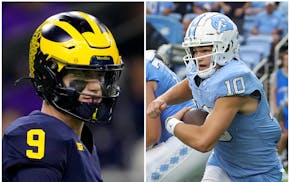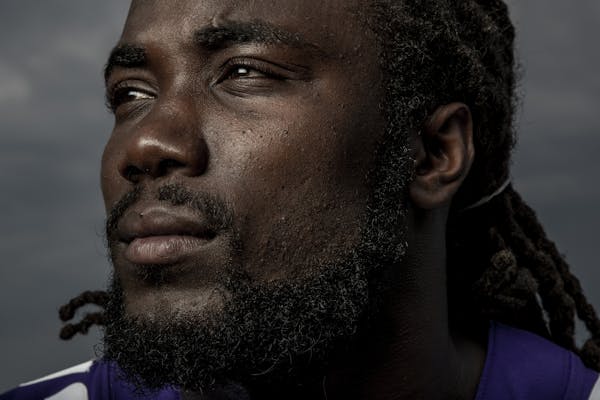In examining the strength of any sports team in any league, the most logical place to start is at the top, with the best players. The Vikings are no different.
Eleven players on their 53-man roster have Pro Bowl appearances on their résumés. By the start of next season, eight players will have contracts that boast a yearly average of at least $10 million over the first three seasons.
Those facts represent the definition of an organization operating in win-now mode. This season qualifies as a Super Bowl-or-bust quest for a team loaded with high-end talent.
The Vikings' fate also will hinge heavily on teammates with lower profiles.
Star power rules the NFL, but so often a season is defined by the strength of the full roster. No league demands as much emphasis on depth — quality depth — as the NFL because injuries are a way of life.
The difference between a bad, average or great season can be determined by how well backups perform when pressed into duty.
In the NFL, attrition isn't an excuse. It's a reality, merely a matter of when and who.
"If you get the wrong players hurt and you don't have a lot of depth behind them, then that really can derail a lot of things that you can do," Vikings coach Mike Zimmer said.
"And then you are always trying to cover up for them and things like that."
In the best version, teams are able to plug and keep motoring. The Vikings seemed destined for Nowhereville last season after injuries sidelined Sam Bradford and Dalvin Cook. But then Case Keenum and Latavius Murray pounced on their opportunities and thrived.
The Eagles offered a case study in damage control in 2017. Carson Wentz's 11th-hour knee injury made the Eagles look vulnerable, supposedly an easy out once the playoffs started because how could anyone trust Nick Foles under that pressure, right? The answer was historic.
Foles celebrated a remarkable fill-in by bathing in confetti after winning Super Bowl MVP honors following his duel with Tom Brady.
Roster patchwork tends to be more subtle. A key defensive player misses a month because of an ankle injury and his backup must fill the void. Examples happen all the time.
The Vikings' two-tier roster puts even more pressure on Zimmer and General Manager Rick Spielman to avoid mistakes in choosing backups. The number of high-priced veterans forces the front office to construct the rest of the roster with relatively inexperienced players in order to fit under the salary cap. Inevitably, some of those youngsters will be asked to step in at some point.
The team's depth already is being tested along the offensive line. Guard Nick Easton will miss the season after having neck surgery. Center Pat Elflein missed training camp recovering from ankle and shoulder surgeries. Other linemen have shuffled in and out of practice while dealing with minor injuries. Continuity has been nonexistent.
In a perfect world, injuries will be minimal, but things rarely follow script in the NFL. Teams must plan for chaos in building a roster that has quality depth. How they manage that chaos often determines how their season is defined.
chip.scoggins@startribune.com

Scoggins: Finch feeling heat of the Suns as playoff battle looms
Scoggins: Why 'championship or bust' fits these Wolves

Scoggins: Anatomy of a game-saving play as Correa throws out Ohtani


